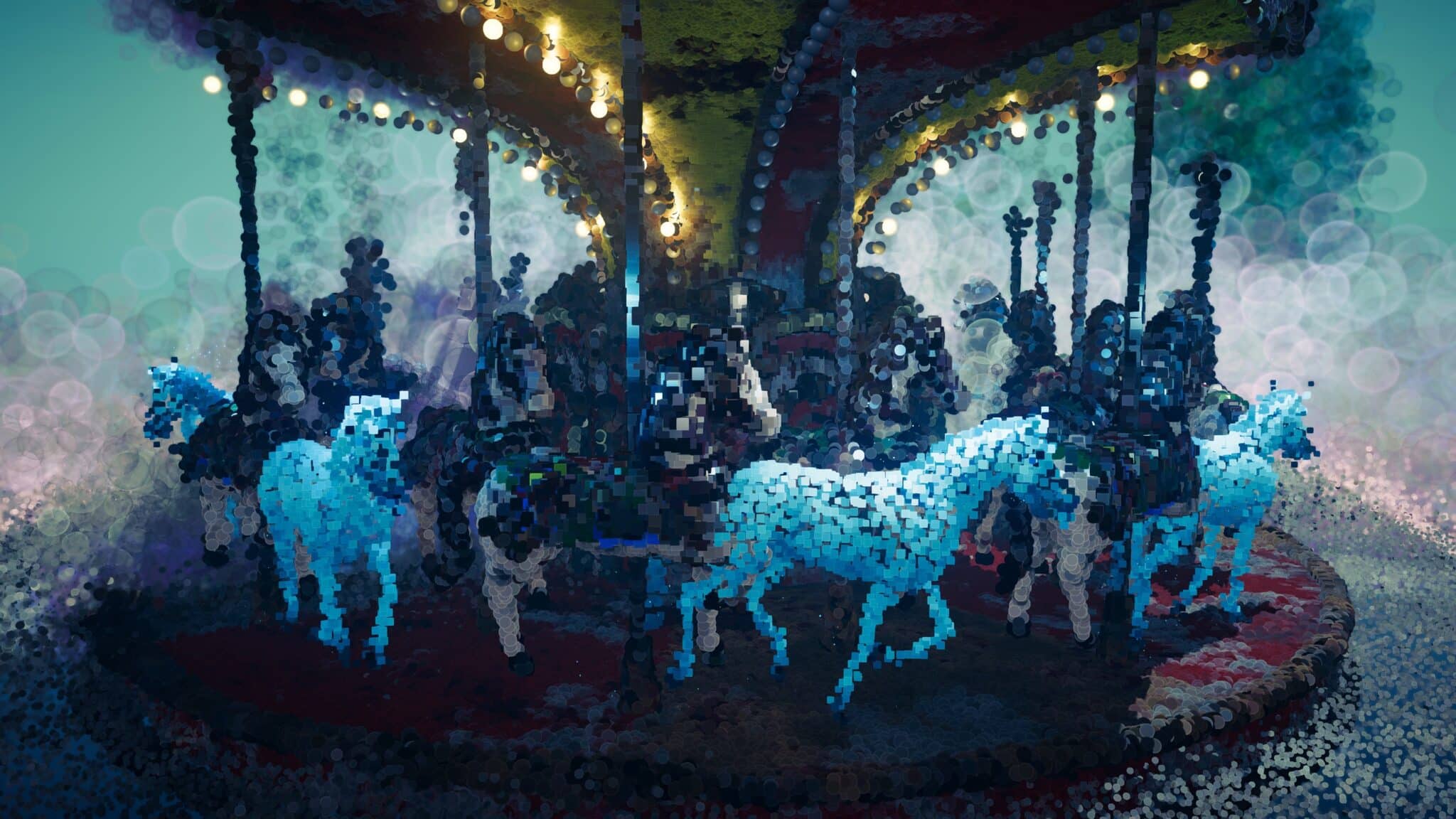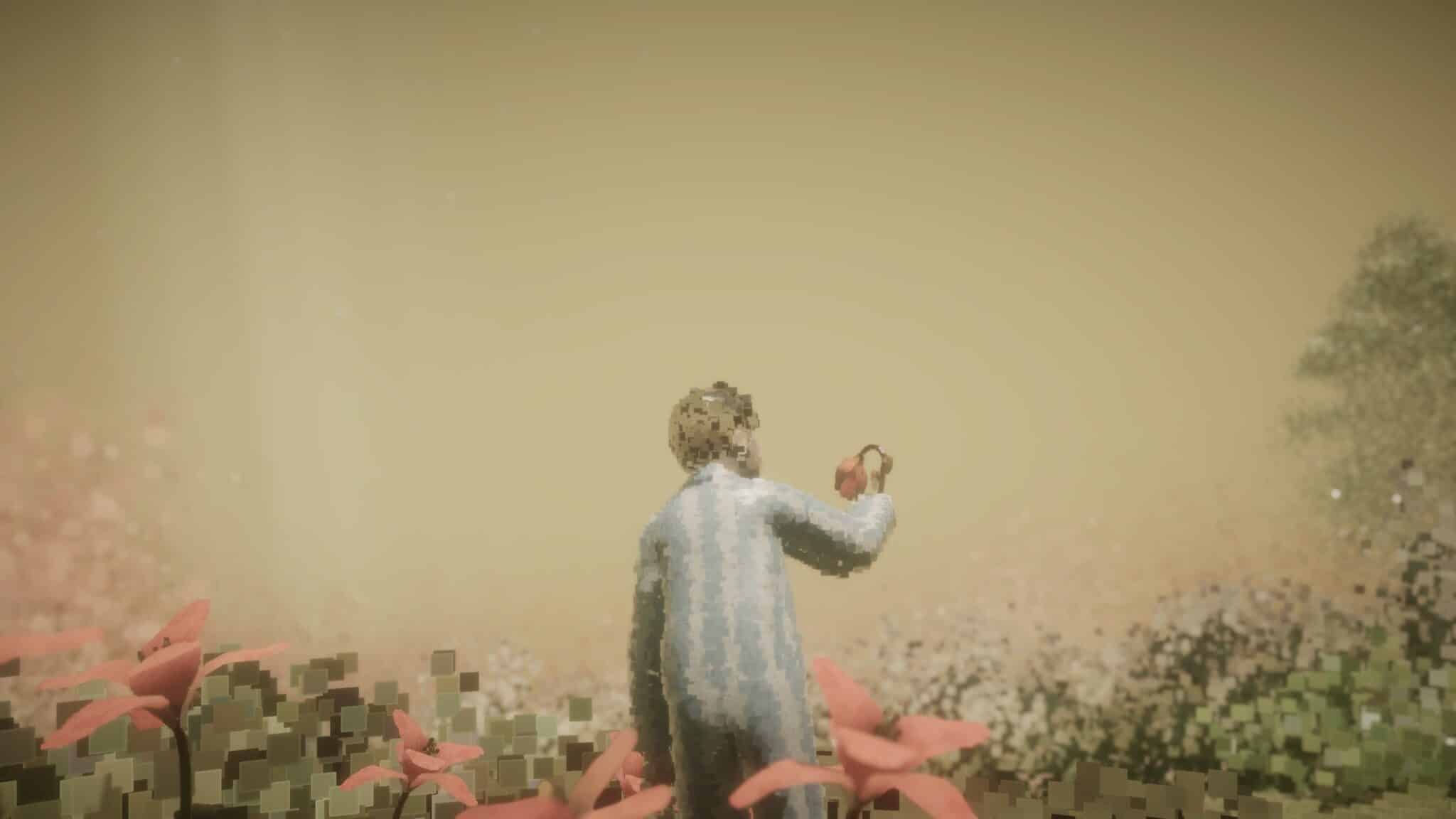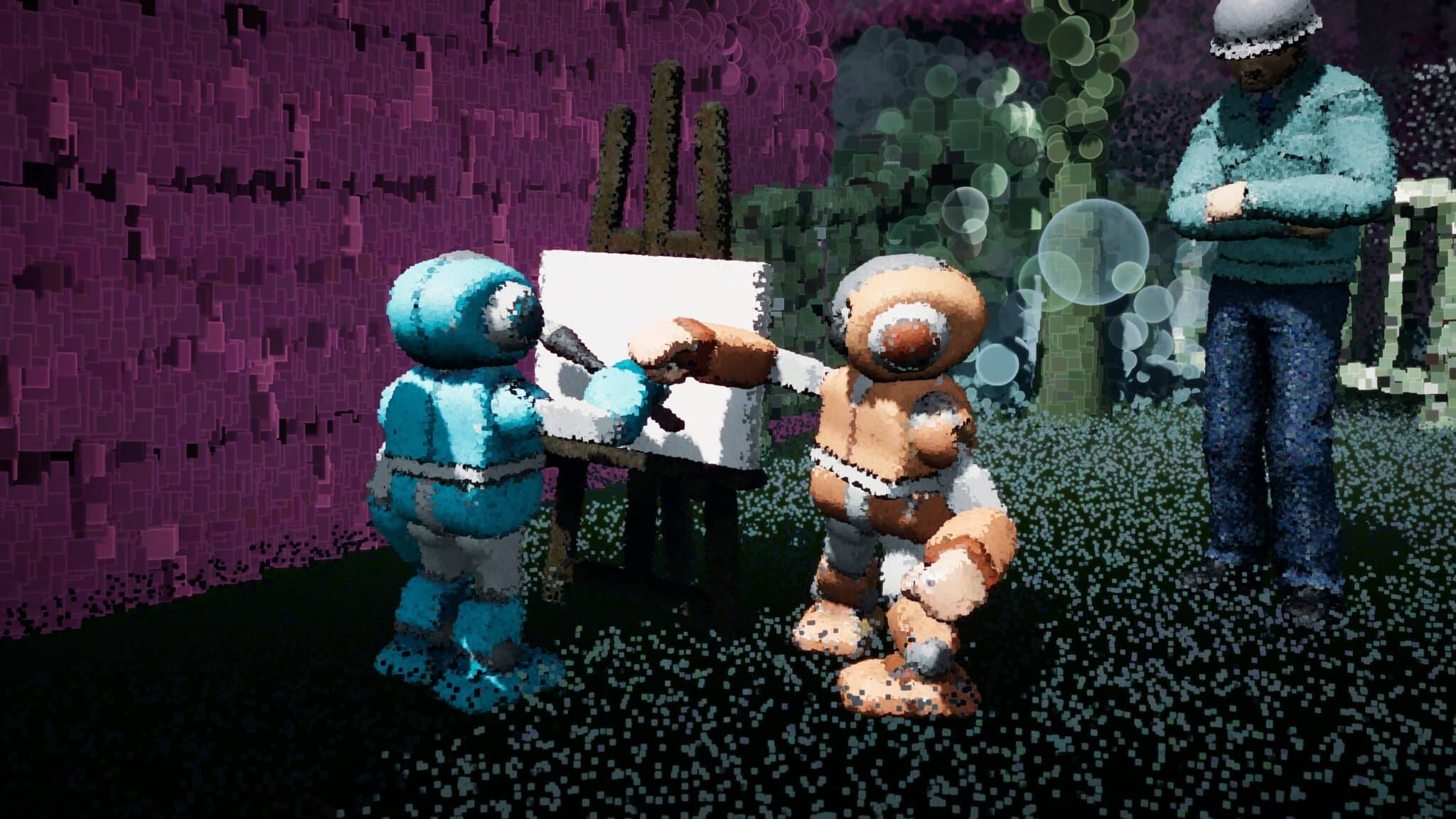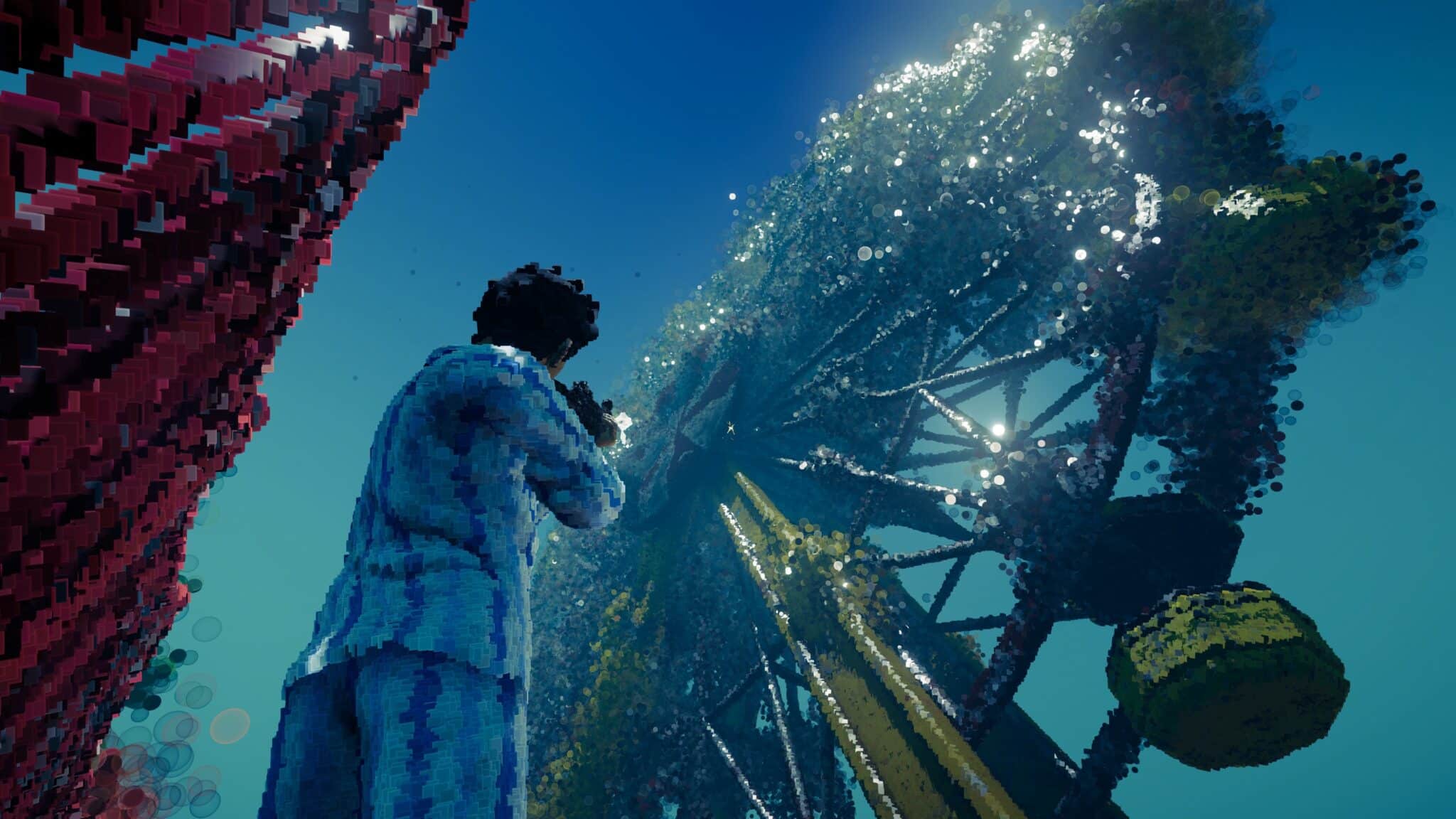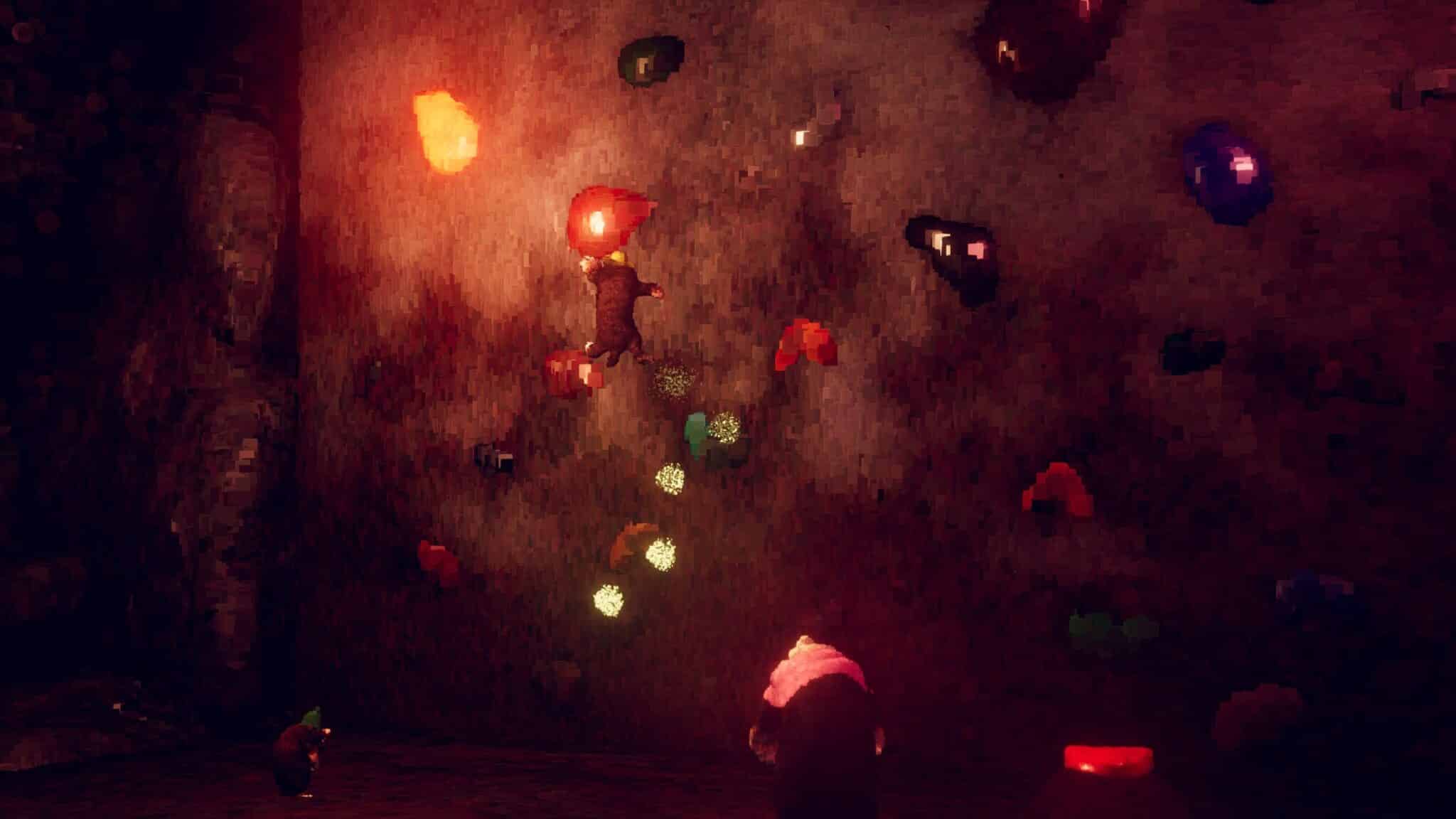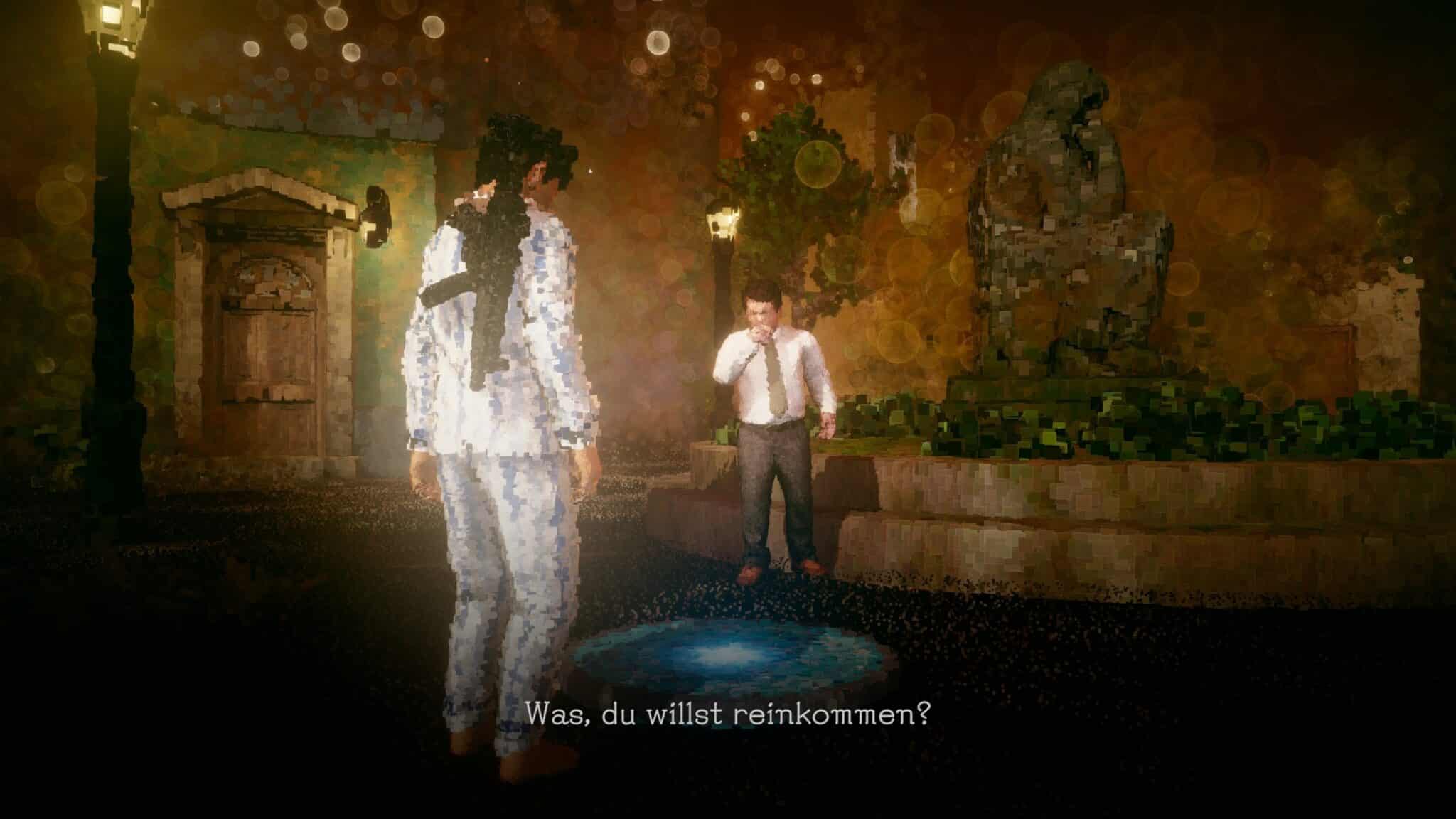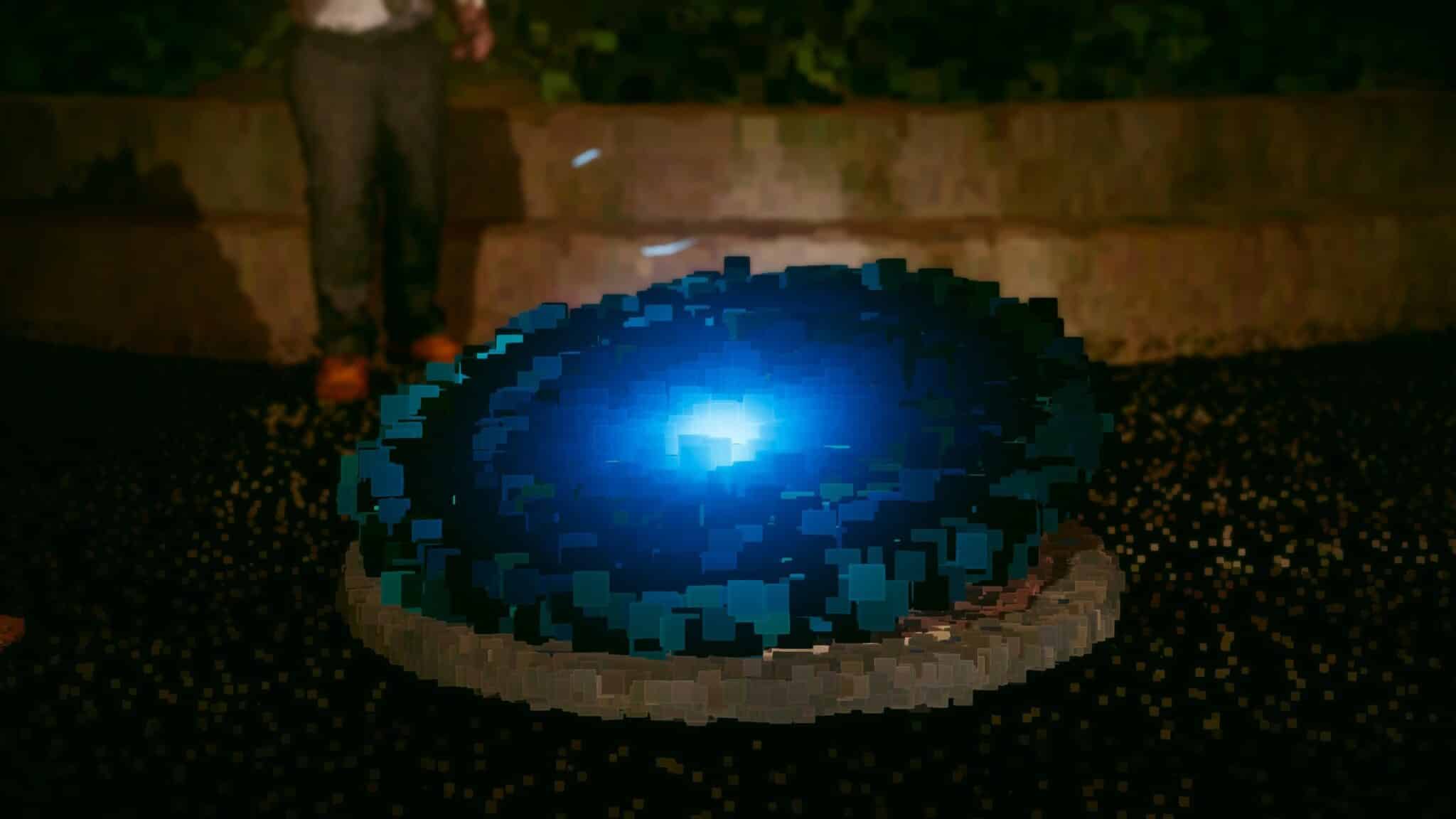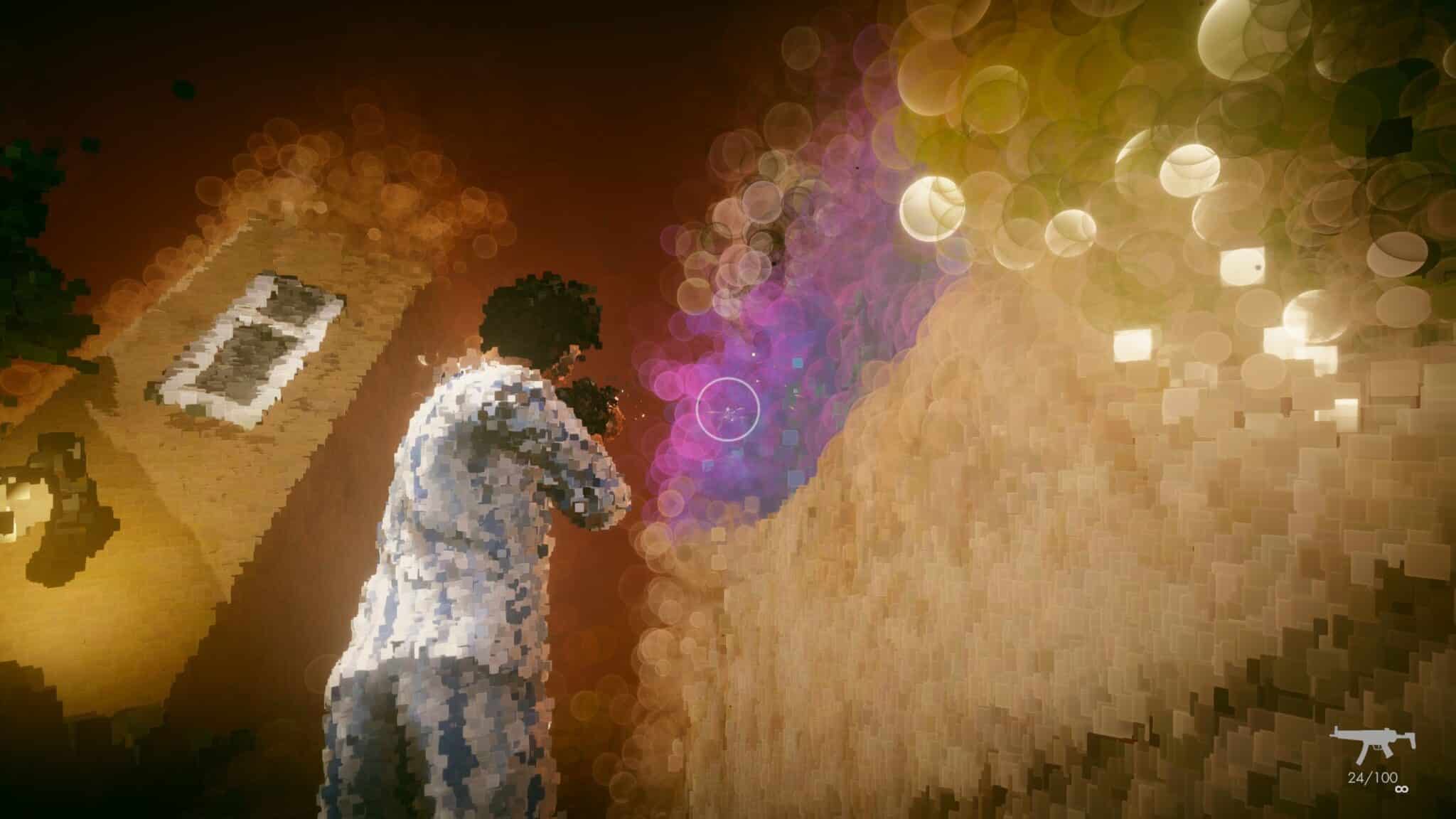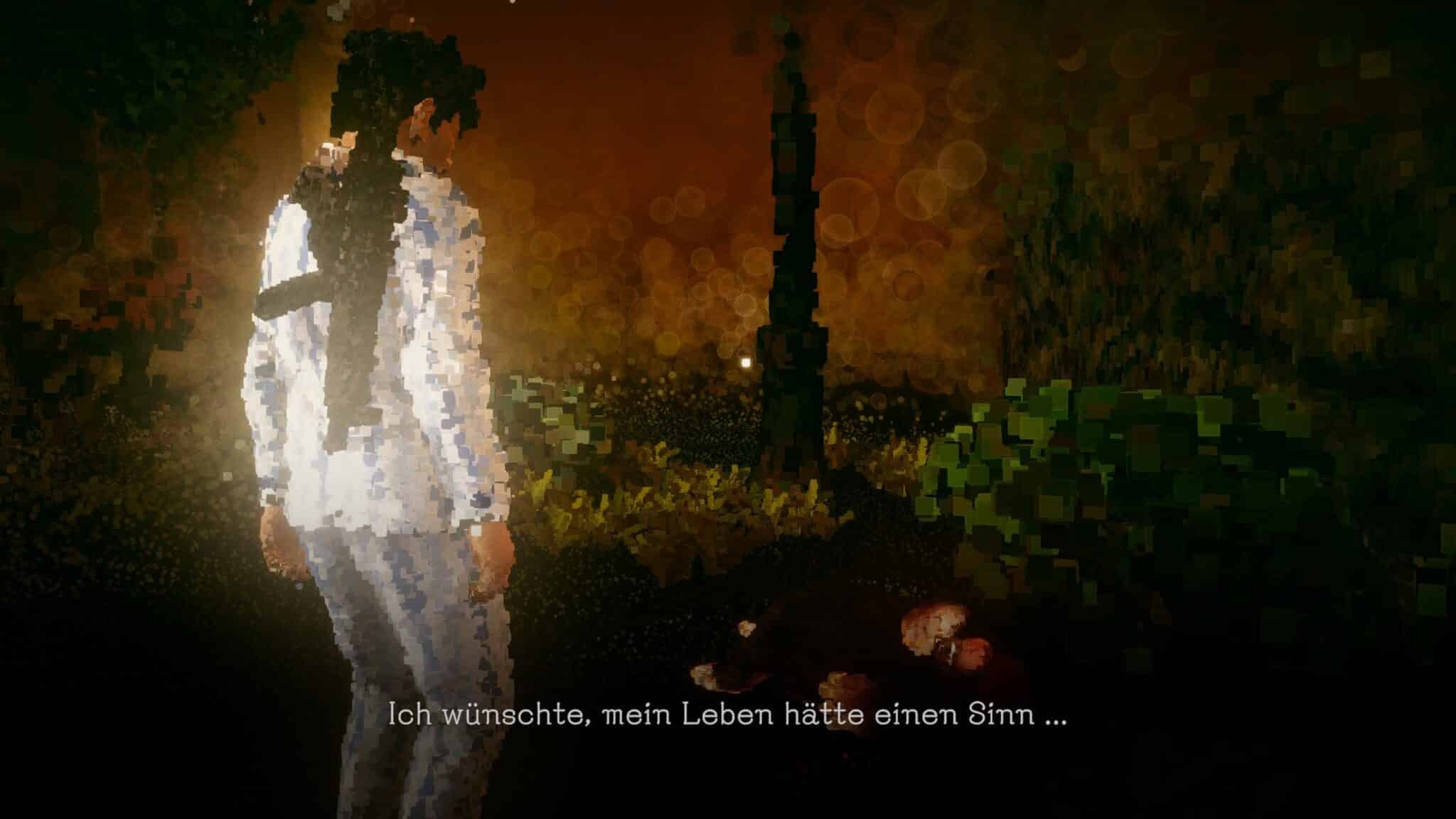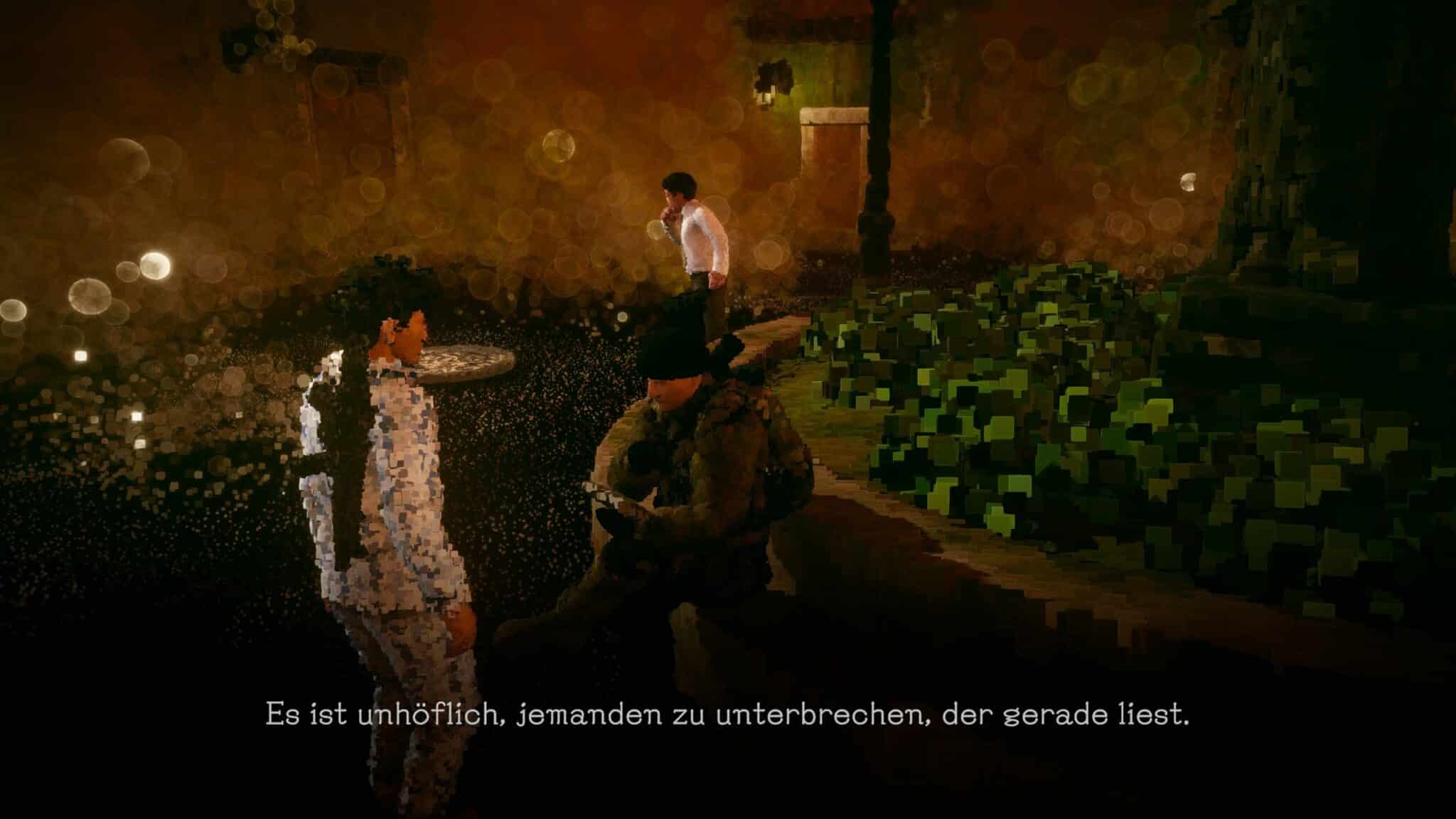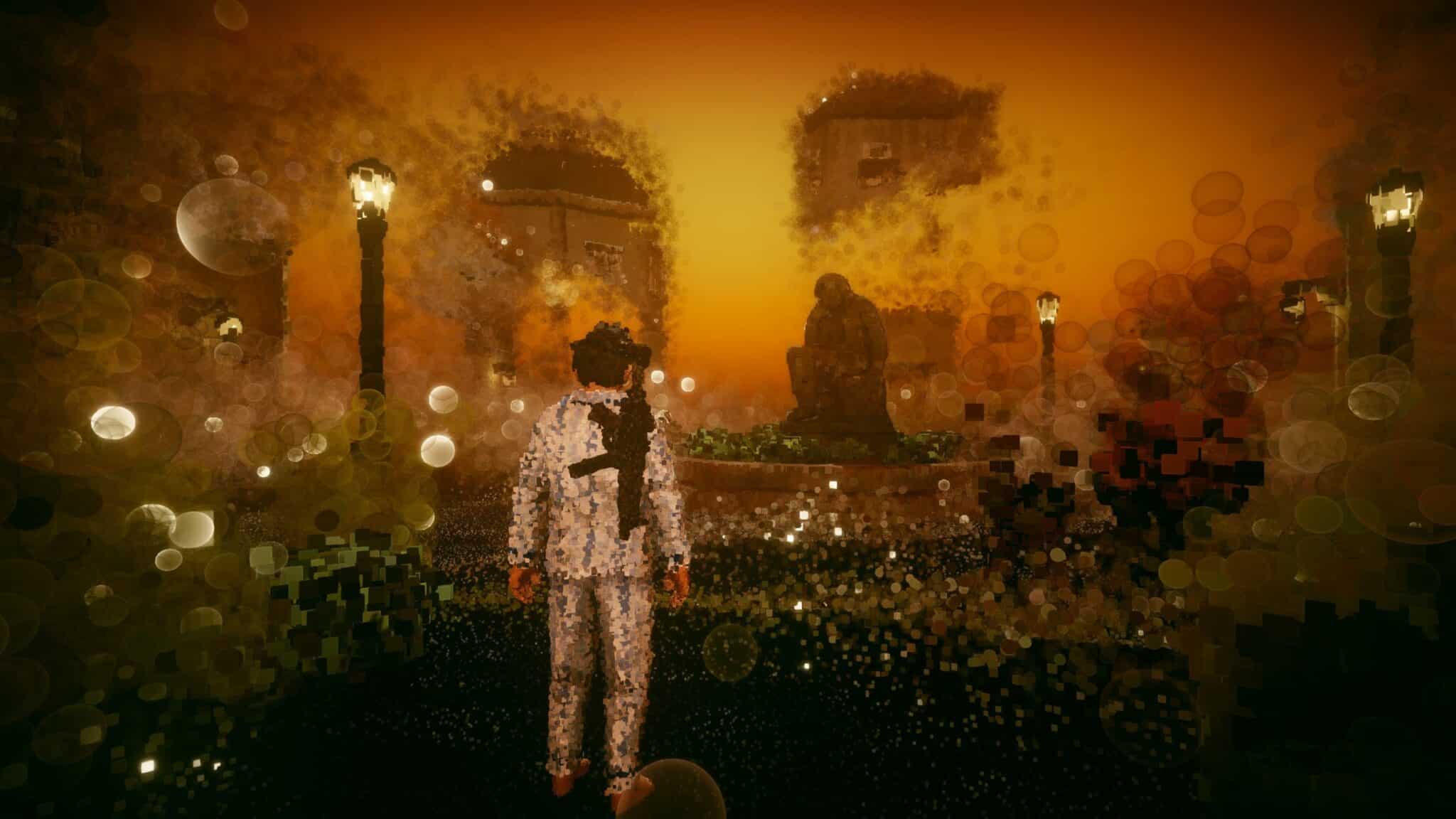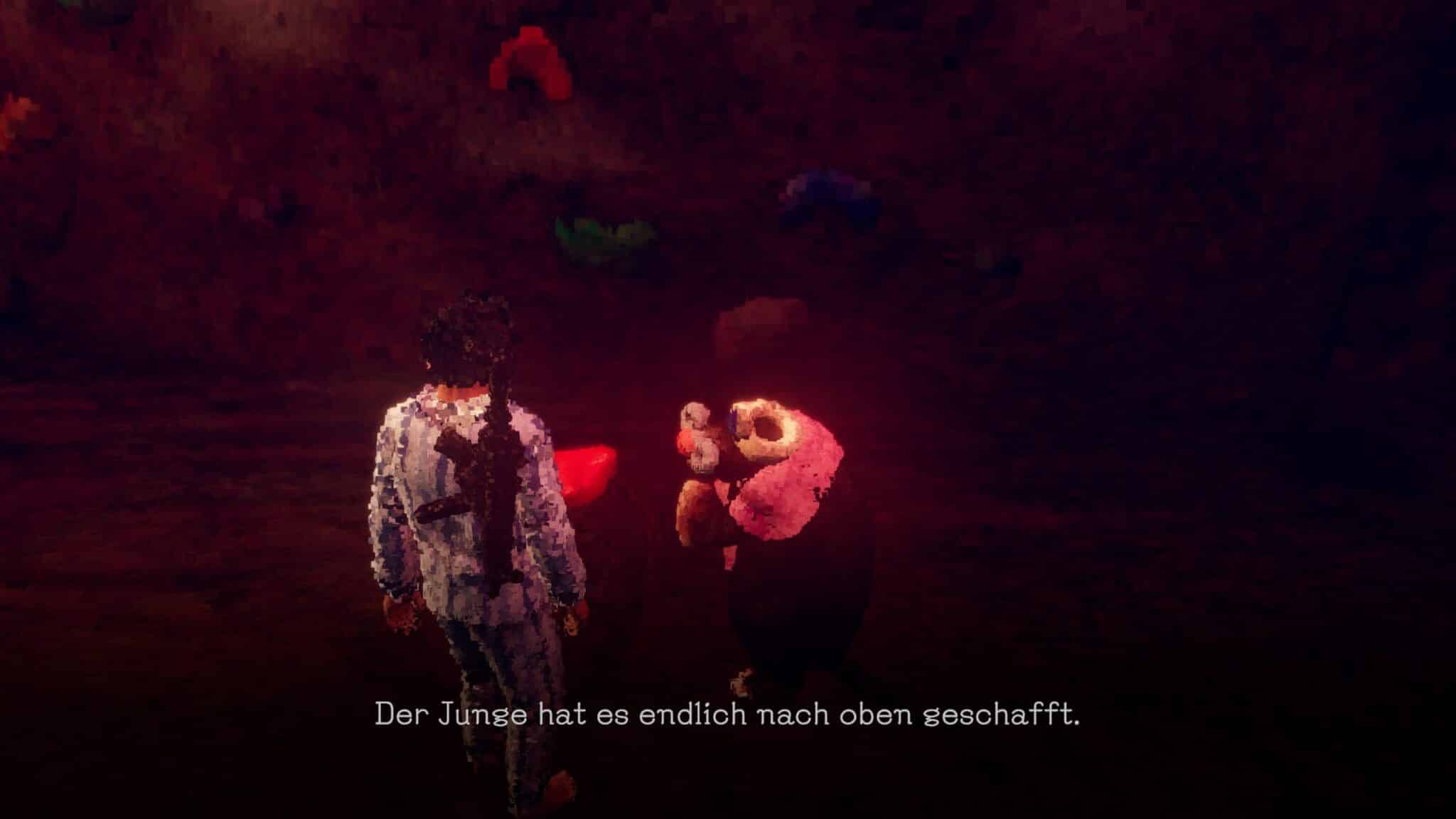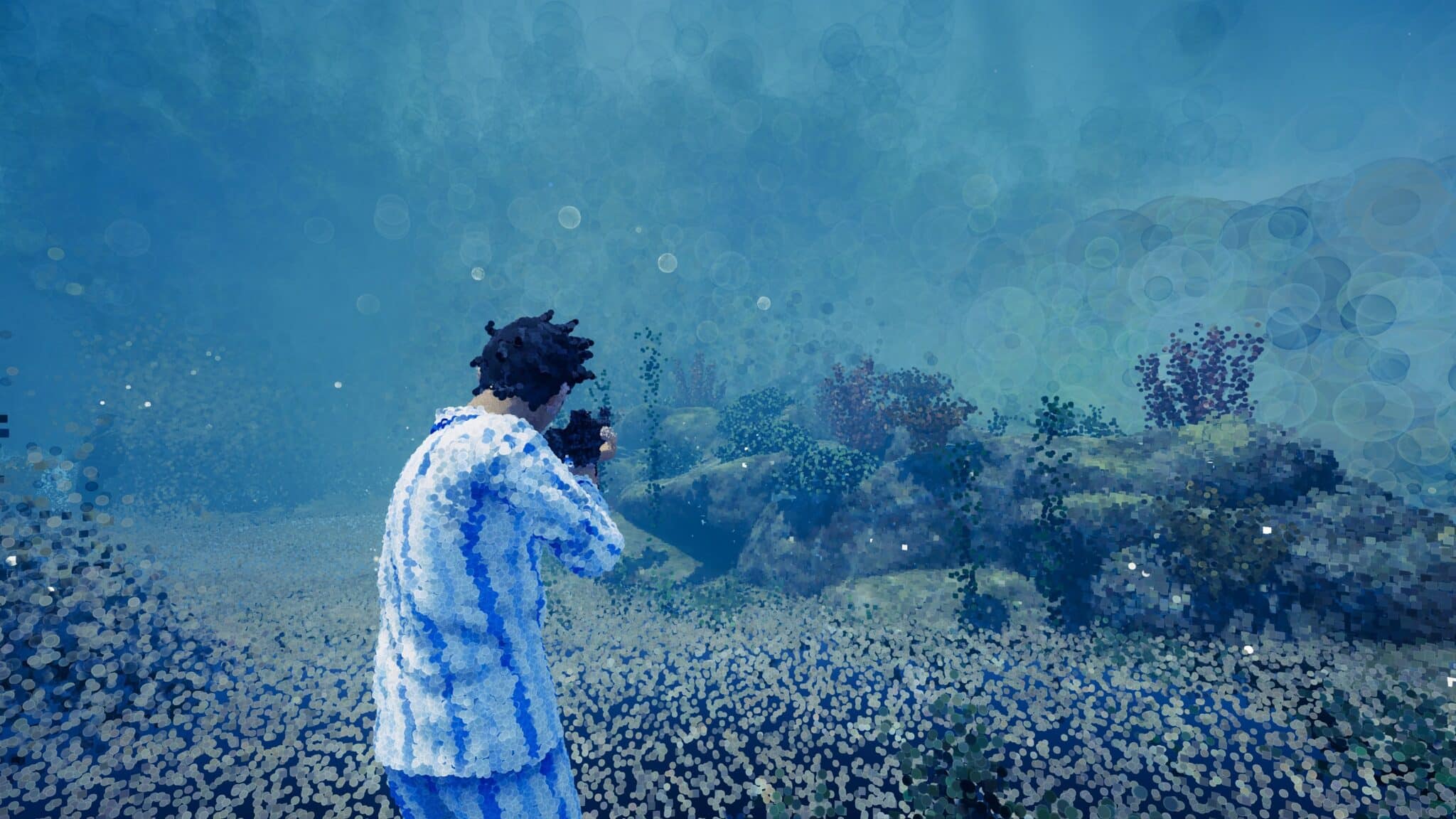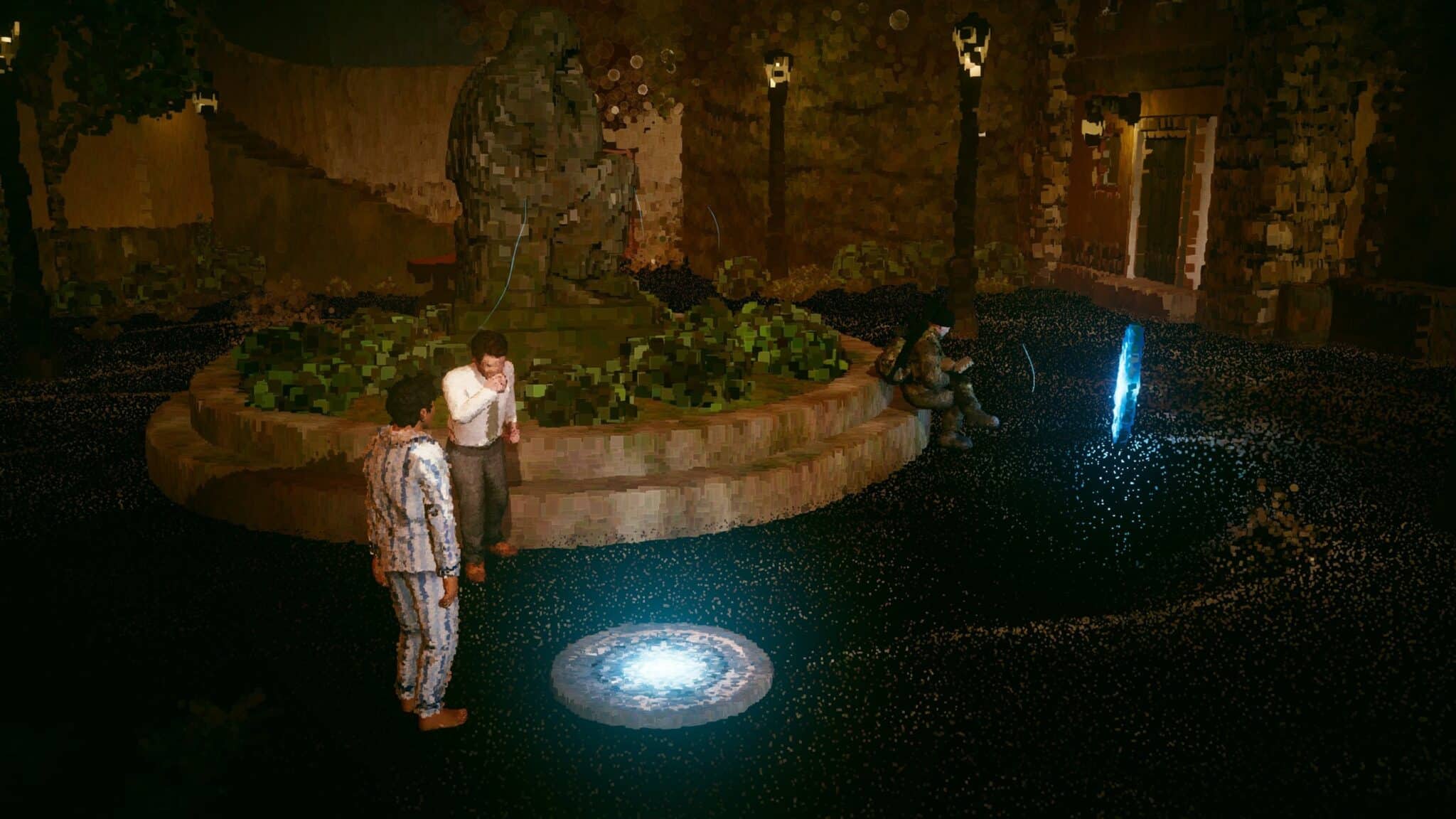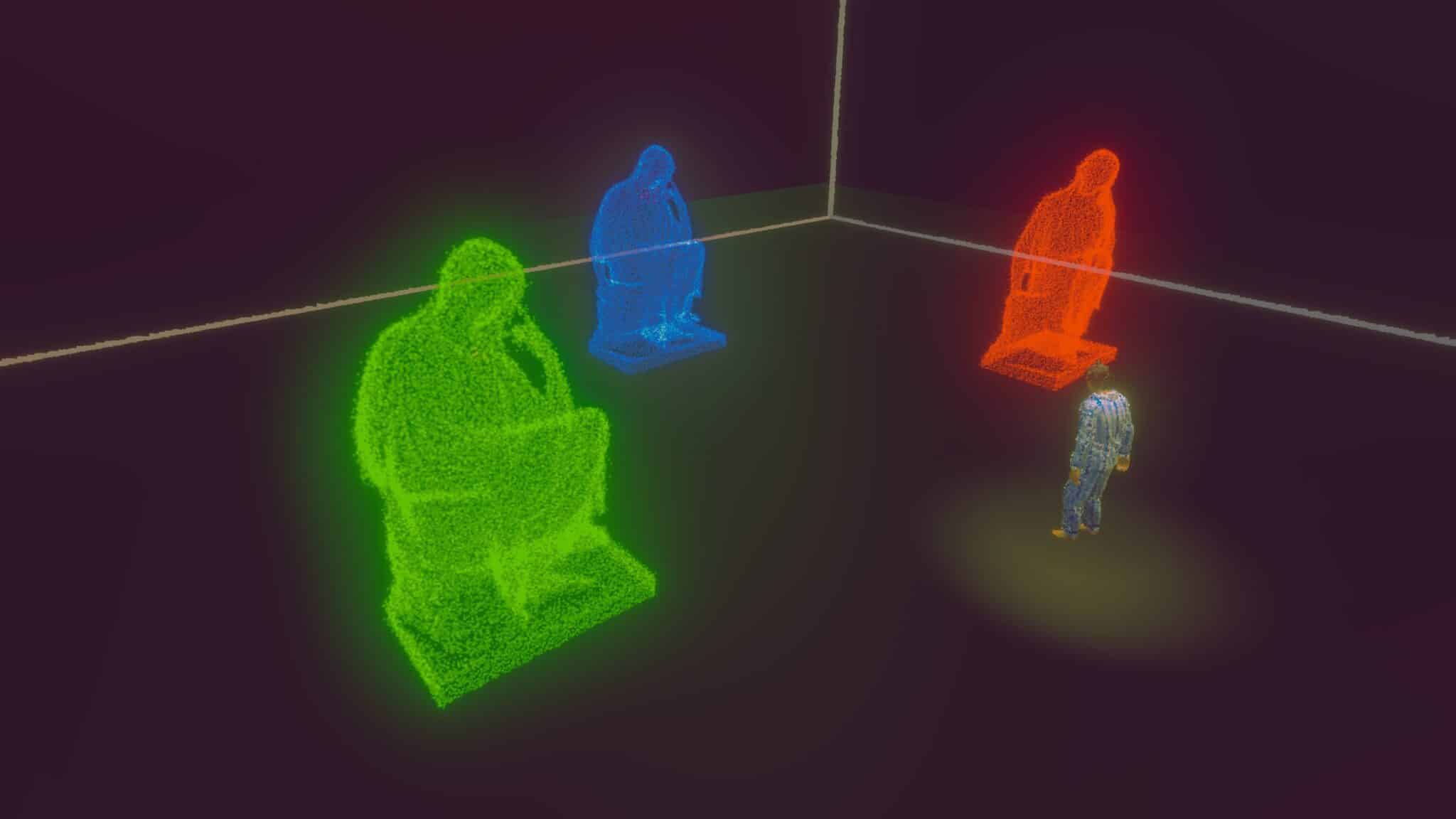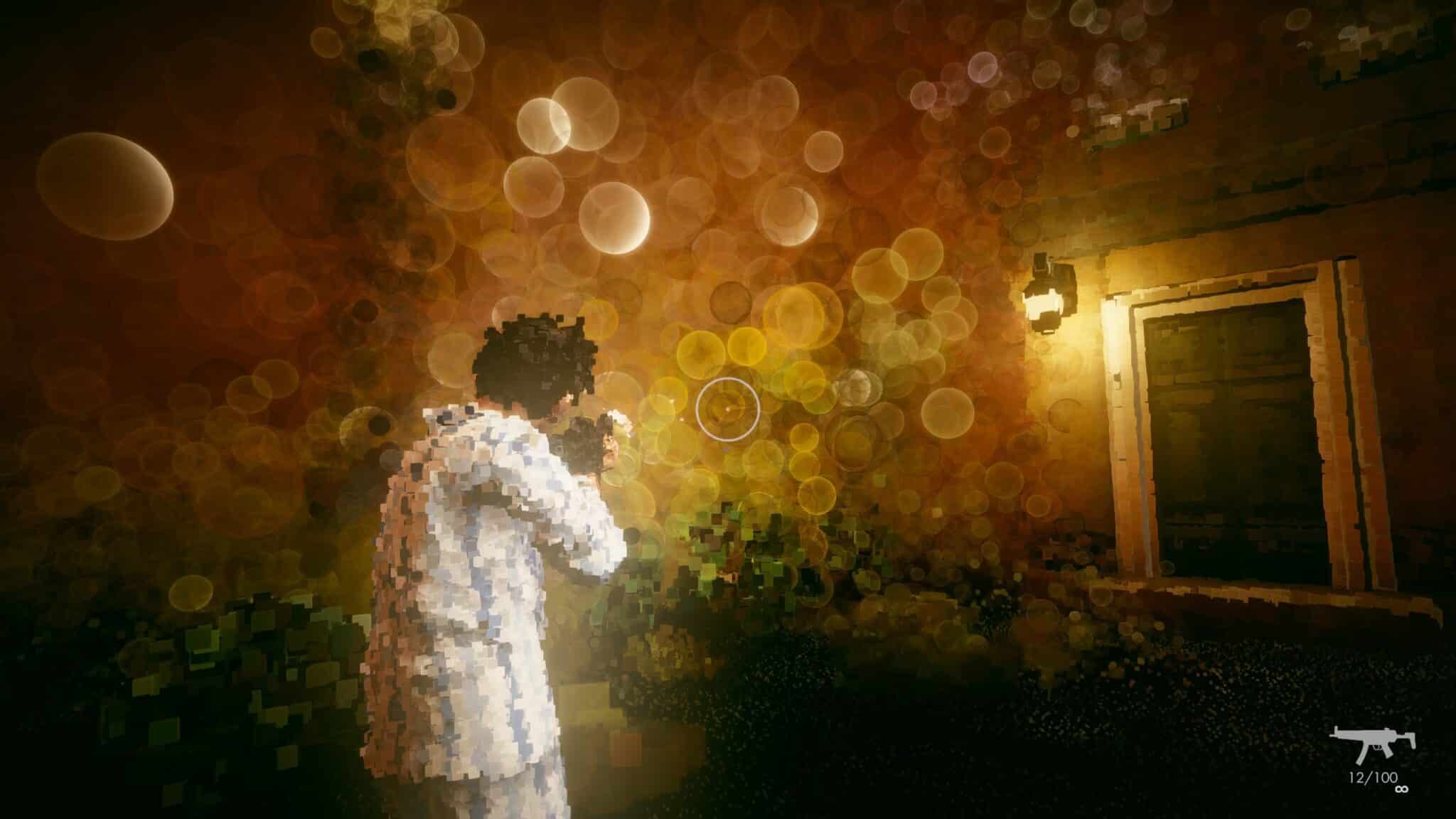Many games operate according to the motto “destroy to advance.” Dreams of Another takes a very interesting new approach: “destroy to create.”
When a game puts an assault rifle in your hands, the mission is pretty clear: You here, terrorists/aliens/Nazis there, wipe them all out! In Dreams of Another, it’s completely different. Here, the weapon isn’t used to kill nameless enemies with a lead overdose.& nbsp;Instead, it is used to create the world in the first place.
In our preview, we explain exactly how this works and how much fun this adventure with its experimental shooter approach is as a game.
WTF: The Game
We are now in the era of photorealistic graphics: Unreal, Unity, id Tech, and whatever else they’re called, are now capable of producing images that are barely distinguishable from the reality we know. Even pixel-perfect ray tracing, which 30 years ago was the ultimate challenge for all 486 processors, no longer takes hours to render a single frame, but runs in real time.
However, there are also counter-currents to this development, which thumb their noses at costly realism and prefer to focus on their own artistic visions. Thick comic shaders are one such trend, 2D graphics with powerful pixels that are more reminiscent of the VGA era of the early 90s.
And then there are games like Dreams of Another, which look so crazy that it’s difficult to find the right words to describe them adequately. “WTF?” is a very promising candidate. But as we all know, pictures say more than words, so before you read on, take a look at the screenshots:
Q-What?
To understand Dreams of Another and classify it correctly, you first have to look at the developer behind it: Q-Games is an unusual company: Founded 24 years ago by Star Fox programmer Dylan Cuthbert, the Kyoto-based company is best known for its small, imaginative, and varied games in the PixelJunk series.
In between, however, the company also repeatedly ventures into unusual design experiments, such as the very unusual adventure The Tomorrow Children (2016). Or now Dreams of Another, where you sit in front of it and inevitably ask yourself where up and down are and what the whole thing is actually about.
In pajamas and with an assault rifle
The main character is the vaguely defined “man in pajamas.” At the beginning, he carries a heavy assault rifle over his shoulder, and later he also gets grenades and a rocket launcher. But not to smash aliens! Instead, he shoots at the landscape made up of bizarre dots and blobs, which then assemble into complex objects: houses, trees, fountains, or even a complete carousel. Reverse explosions, so to speak.
In between, however, the company also repeatedly ventures into unusual design experiments, such as the very unusual adventure The Tomorrow Children (2016). Or now Dreams of Another, where you sit in front of it and inevitably ask yourself where up and down are and what the whole thing is actually about.
In pajamas and with an assault rifle
The main character is the vaguely defined “man in pajamas.” At the beginning, he carries a heavy assault rifle over his shoulder, and later he also gets grenades and a rocket launcher. But not to smash aliens! Instead, he shoots at the landscape, which is made up of bizarre dots and blobs, which then form complex objects: houses, trees, fountains, and even a complete carousel. It’s like reverse explosions.
The environment glitters and shines, everything feels organic and fluid, like a mixture of Comanche’s voxel graphics and the creative masterpieces from the demo scene.
Dreamy cloud reading
The basis for this is provided by point cloud technology, which is still rarely used in computer games because it is very computationally intensive and memory-hungry. Technically, it works similarly to voxel graphics, except that instead of three-dimensional cubes, it uses individual points (or small 2D objects) that are assembled to form three-dimensional objects.
In Dreams of Another, this not only creates very organic graphics, but also highly unusual ones, in which everything floats and wafts, there are no fixed structures, everything is always in flux—even people or objects such as lanterns and houses look like impressionistic reinterpretations of familiar structures.& nbsp;
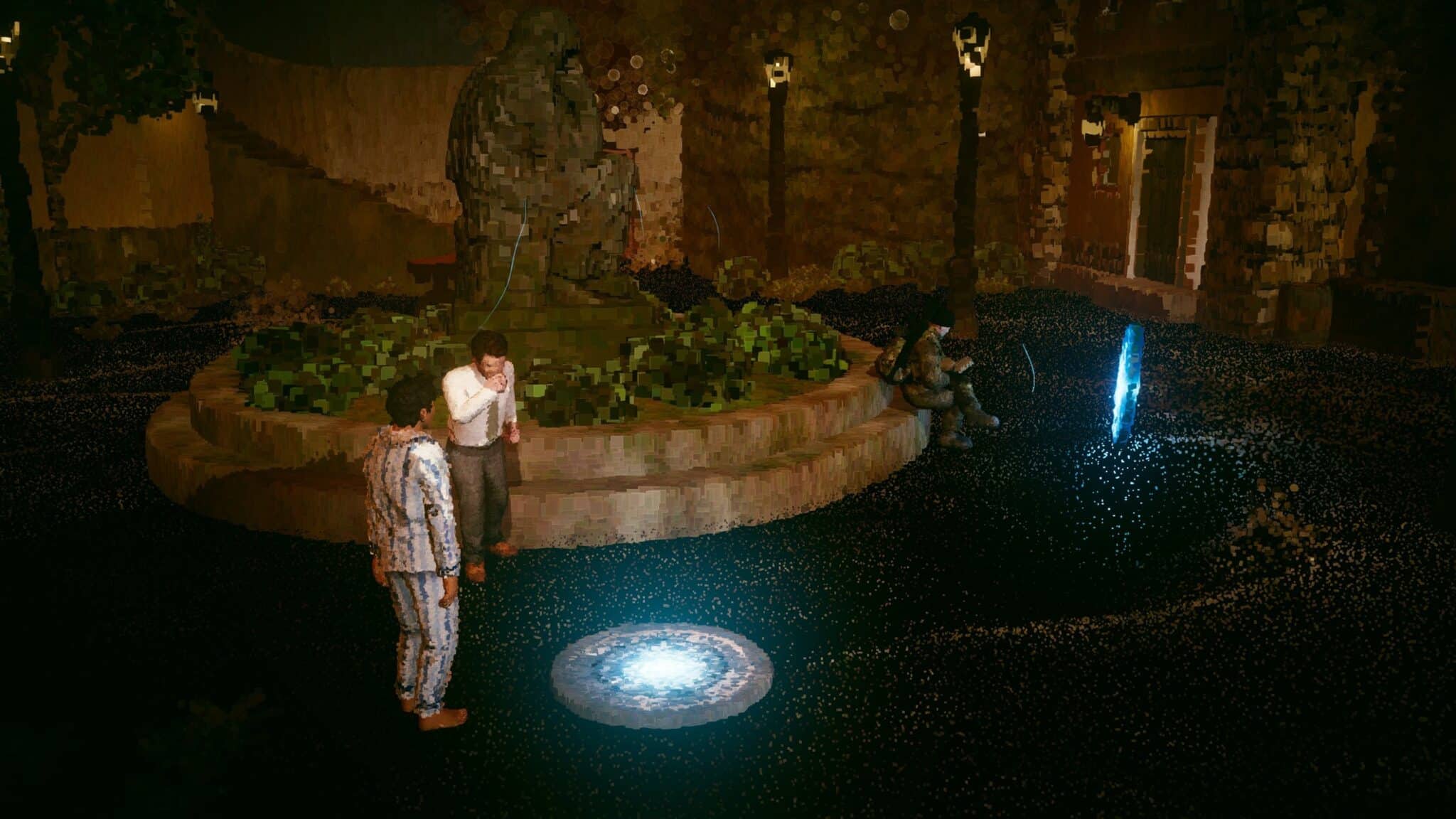
There’s a reason for the “Dreams” in the name: the game feels like a bizarre dream in which everything seems somehow familiar, yet completely different.
Destruction is life!
Dreams of Another follows the philosophical approach that there is no creation without destruction. In order to create something, something else must first be destroyed. Here, this means that the world you move through is undefined and has no structure.
Only with a weapon in your hand does this formless dream become a familiar environment that you can interact with. Every bullet you fire into the landscape puts it together. This is a very interesting reversal of the usual conventions of games, in which you carry such equipment around with you.
But what do you actually do in Dreams of Another? This is not a typical action-adventure game, platformer, shooter, or role-playing game. Above all, it is a philosophical idea that, according to lead developer Tomohisa Kuramitsu, better known as “Baiyon,” is intended to encourage reflection and question classic gaming conventions.
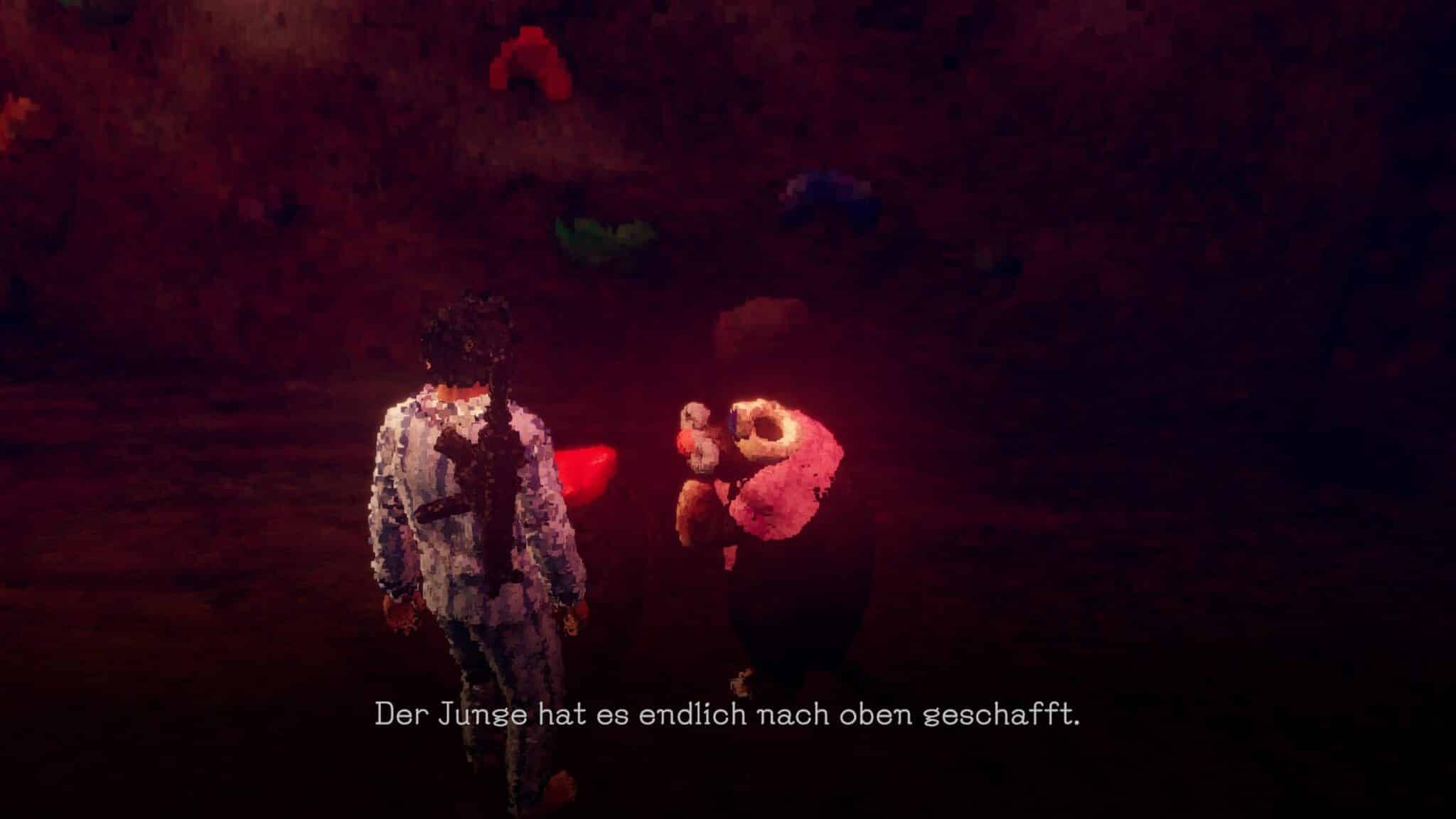
For example, you will encounter various doors that you are not allowed to open or enter. Instead, they talk to you, letting you share in the thoughts of a typical door. One of them, for example, envies cars because they move so quickly through the world, while it always remains in one place. Another is looking forward to getting older because then it will be able to make such beautiful squeaking noises.
At another point, you talk to a manhole cover that longs for freedom. Or to an oversized mole that has made its way out of the ground to the surface, only to realize that it must die. Always accompanied by a soundtrack that is just as bizarre as the rest of the game and has nothing to do with typical game music.
If you’re not put off, but curious, you can play Dreams of Another from October 10, 2025, on PC (via Steam) or PS5. Steam also offers the free demo to try it out, on which our article is also based.
Editor’s conclusion
If you expect a game to chase you from one cool set piece to the next for 15 hours while your rocket launcher crumbles from all the notches, then you should stay as far away from Dreams of Another as possible.
Because this is not a typical computer game in the classic sense. Yes, you sit in front of the monitor with a mouse and keyboard (or gamepad) in your hands and operate a weapon. But not to solve problems bloodily, but to create a world that poses unusual questions. And it does so in a way that often feels like a bizarre fever dream.
It’s all very abstract, often cerebral, and at least for me, it often had me muttering words like “dafuq?” while playing. But it’s definitely an experience like no other; one that I’ve been thinking about longer than the last eight Call of Dutys combined. I’m really looking forward to diving much deeper into this completely crazy world in every respect very soon!




